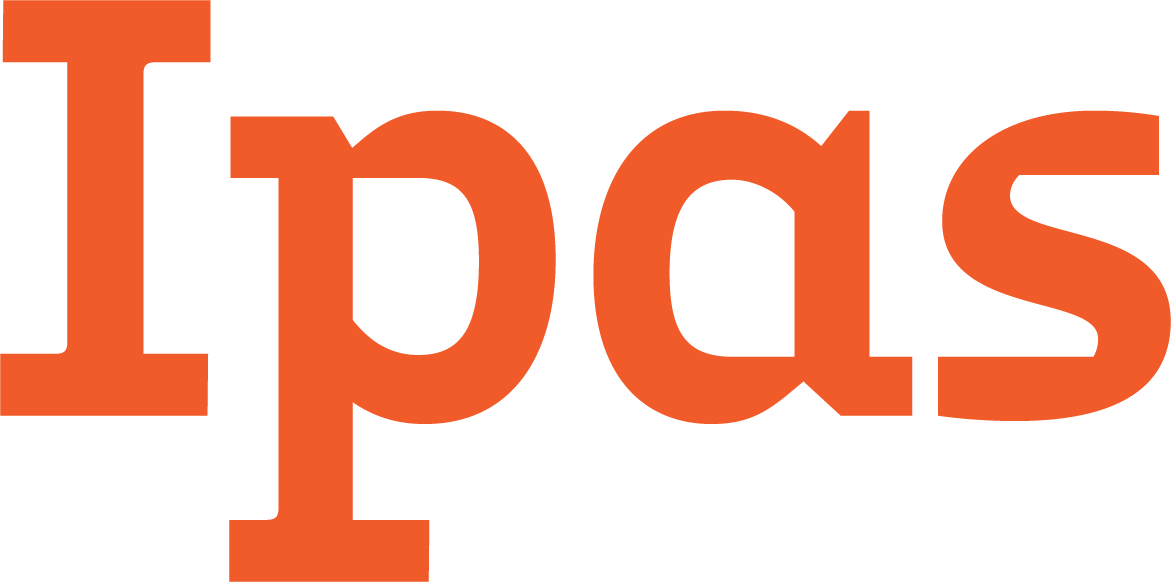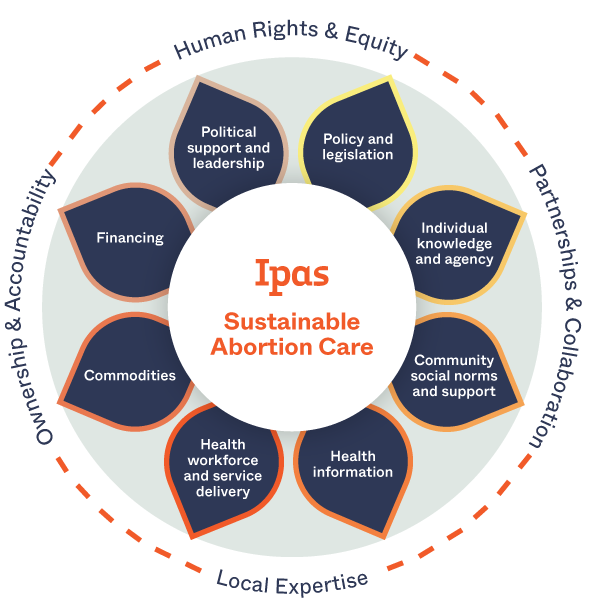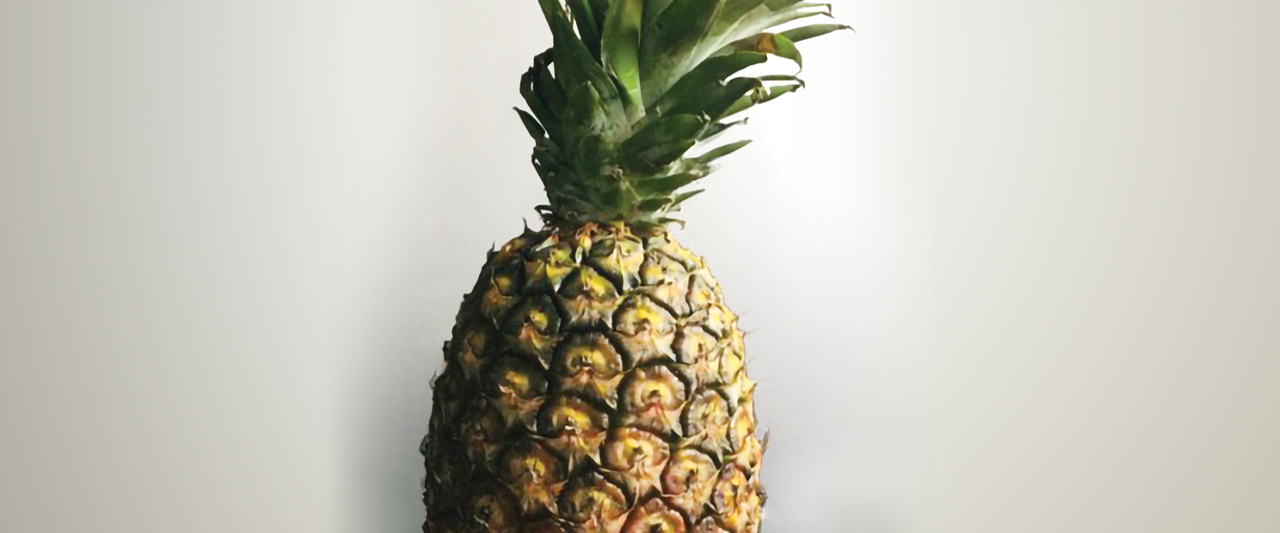What do photos of a pineapple, a canoe, and women herding goats have in common?
Ipas staff who took part in a recent “Photovoice” project supported by the Abortion and Postabortion Care Consortium (APACC) say what unites the photos is that each sheds light on critical questions about safe abortion care: What prevents women and girls from getting safe abortion care? What can be done to overcome the barriers?
The project gave Ipas staff and partners in five countries the opportunity to use photography to explore questions about barriers to safe access in their communities—an participatory process that, in the end, strengthened their belief that the pathway to safe abortion care “must include the increased autonomy of women and girls to access care when and where it is right for them.”
“Photos can speak, by virtue of telling a story,” says Irfan Khan of the Ipas Development Foundation (IDF), which works with Ipas in India to expand access to safe abortion. Khan and other IDF staff, along with Ipas staff in Indonesia, Kenya, Nigeria and Zambia, took part in the project. Daniel Jack Lyons, whose photography is focused on human rights and has appeared in The Guardian, The New York Timesand other media outlets, is experienced in the photovoice process and worked with the group as a consultant.
Irfan and the other participants chose several key “framing” questions to guide their choice of photos: What difficulties and barriers do women and girls face when accessing abortion services? What do they do to overcome these barriers? What would break down the barriers?
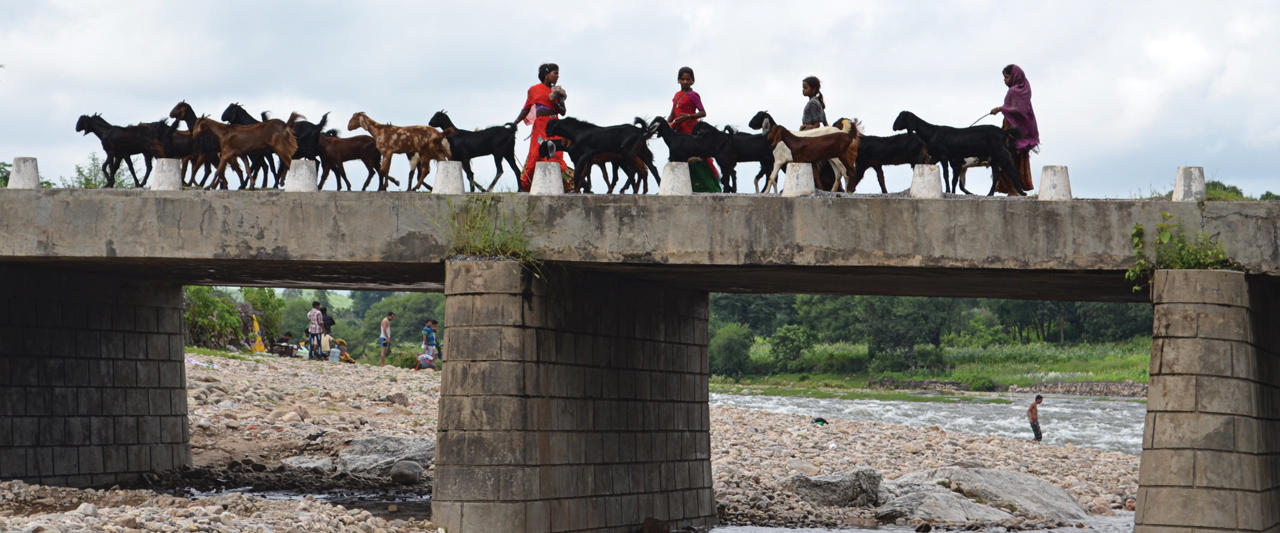
The photos they captured convey thought-provoking ideas and perspectives on those questions. One of the photographs taken by Khan, for example, shows a group of women herding goats across a bridge. “In rural areas, young women and adolescent girls take their cattle for grazing to far off places, in the jungles or farmlands,” he says. “It’s the kind of journey that women and girls often face in the dilemma over whether to make a long walk from their home to the place where safe abortion care is available. Is it worth it or not?”
A photo by Kuza Kamanga, a program advisor with Ipas, Zambia, simply shows an empty canoe on a shoreline. “Going for abortion care and weighing the risks is like trying to cross a dam in a canoe,” he explains. “A woman must weigh the risks of using the canoe alone or with help, or choosing to swim across the dam if she has never used a canoe before or there is no one to help her.” Another photo by Kamanga is of a pineapple. The crown represents policy and legal barriers women in Zambia face in trying to access safe abortion care, while the shell represents social, infrastructural and other barriers. It’s possible to change the law and have supportive policies (or ‘remove the crown’), but other barriers to safe abortion (the ‘shell’) remain.
Nana Zulu, a former program advisor with Ipas Zambia who was one of the project participants, says the photovoice process “is a way to get a view into women and girls’ experiences around abortion—and it’s also a way to begin conversations that usually would not come to the fore. This project gave us the chance to see how to use photovoice as an advocacy tool for expanding access to abortion care.”
Photovoice also calls on participants to develop a “collective story” about their photos that they can share with community members, decisionmakers and others to advocate for positive change. In this case, the participants felt strongly that their stories had a clear and important story to tell:
“Dying or suffering from unsafe abortion is preventable. Induced abortion care is a safe procedure with the right technology, the correction information and when it is accessible to women and girls at a location or place that is safe for them. We can’t wait for the laws to change, for the stigma to be erased, for women’s status in societies to shift. We can achieve it by increasing access to correct information, improving accessibility of medical abortion, and increasing women and girl’s ability to made decisions for themselves. And we can hold health systems accountable for ensuring quality services are available and that rights and choices are respected.”
The group has already begun sharing their photos and call to action. Several traveled to the Women Deliver conference in Vancouver, Canada, earlier this year to share their photos and story with gender equality activists from around the world. APACC also will be sharing the photos and observations. As project participant Nidhi Verma of the Ipas Development Foundation puts it,
“Photographs are a powerful tool. They can impact people and translate ideas into action.”
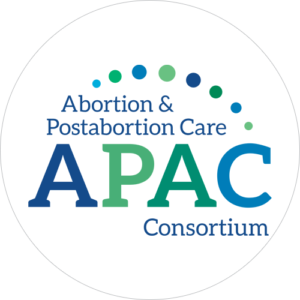
Ipas is a member of APAC Consortium, which works globally to provide information, facilitate knowledge sharing, and promote the dissemination of resources and tools to improve abortion services along the full continuum of abortion care.
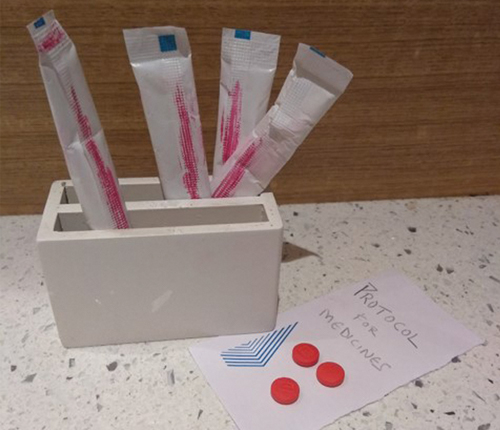
Women and girls who want abortion don’t always have the knowledge of how to access safe abortion. They may end up using pills from a medicine shop without getting information on the right way to use them. We can make sure that the right pills, as well as the protocols for medical abortion, are well known to women. This could help control the number of complications and deaths associated with unsafe abortion.
SHIVI SUKHIJA, India
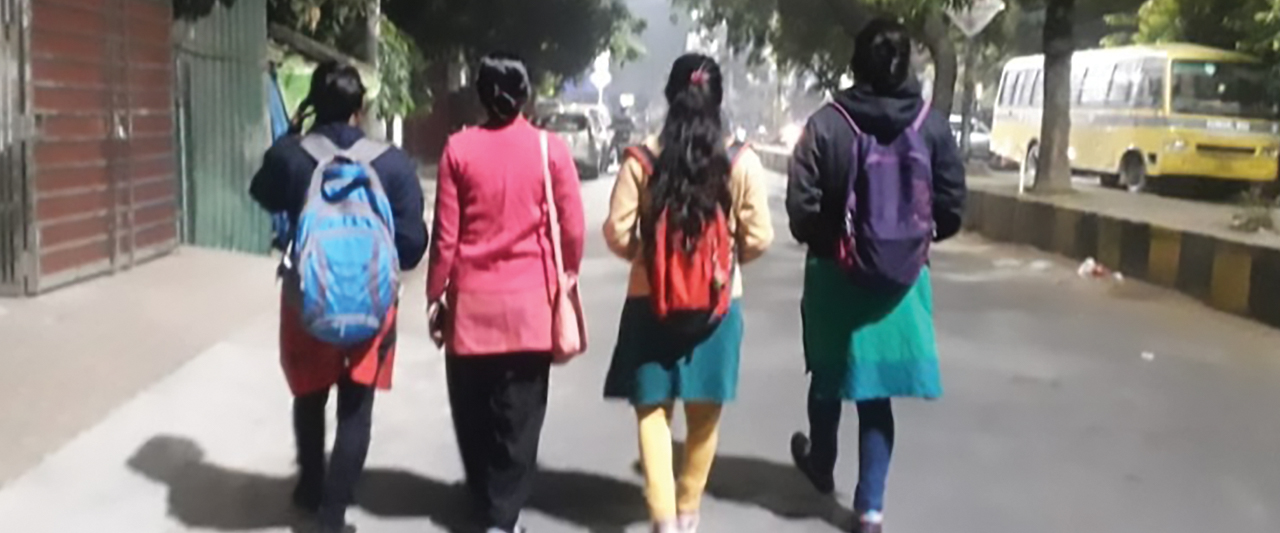
For me, this photo describes exactly what I did when I was young. I was part of this small group of girls and we used to talk about everything. I think equipping oneself with information and awareness is one of the best strategies to overcome barriers to safe abortion. This photo is also an example of collective power and agency.
PARUL, India
For more information, contact [email protected].
